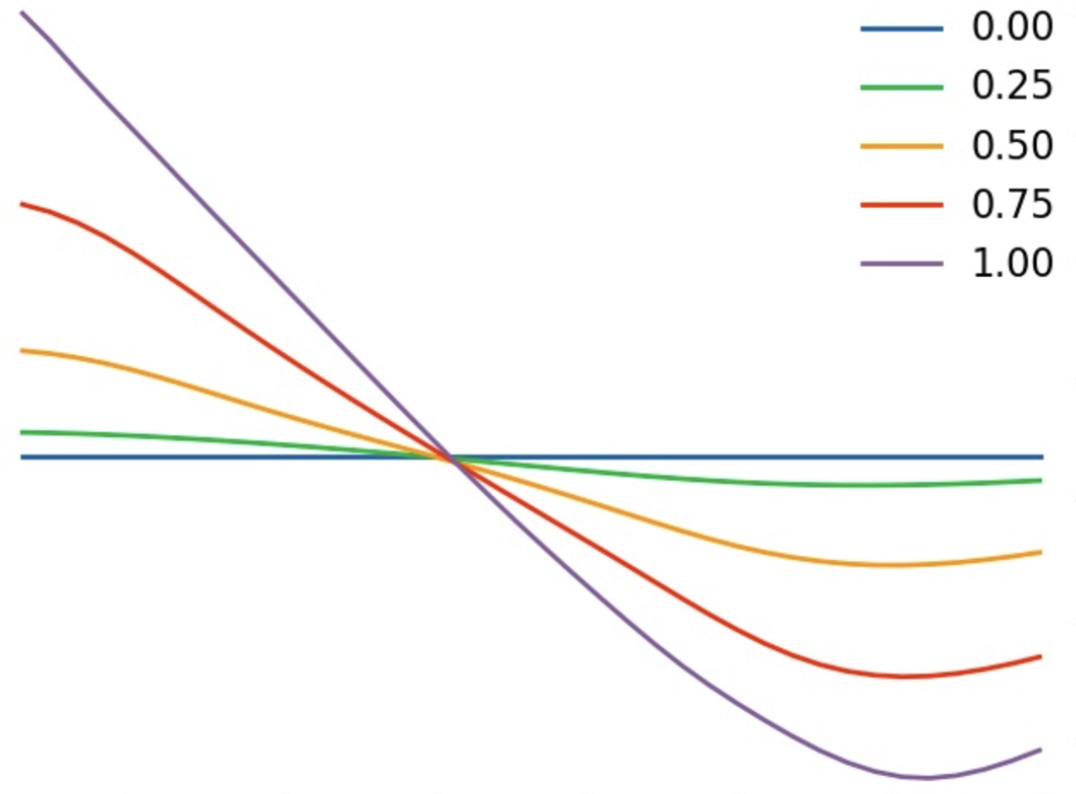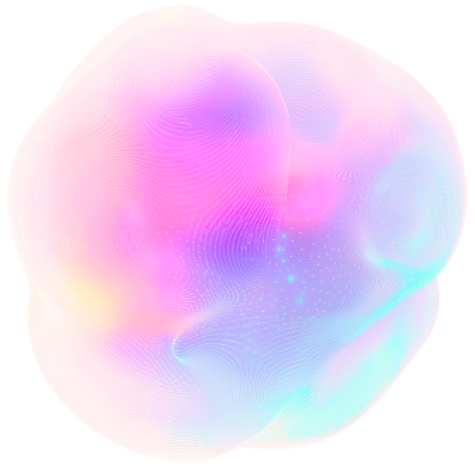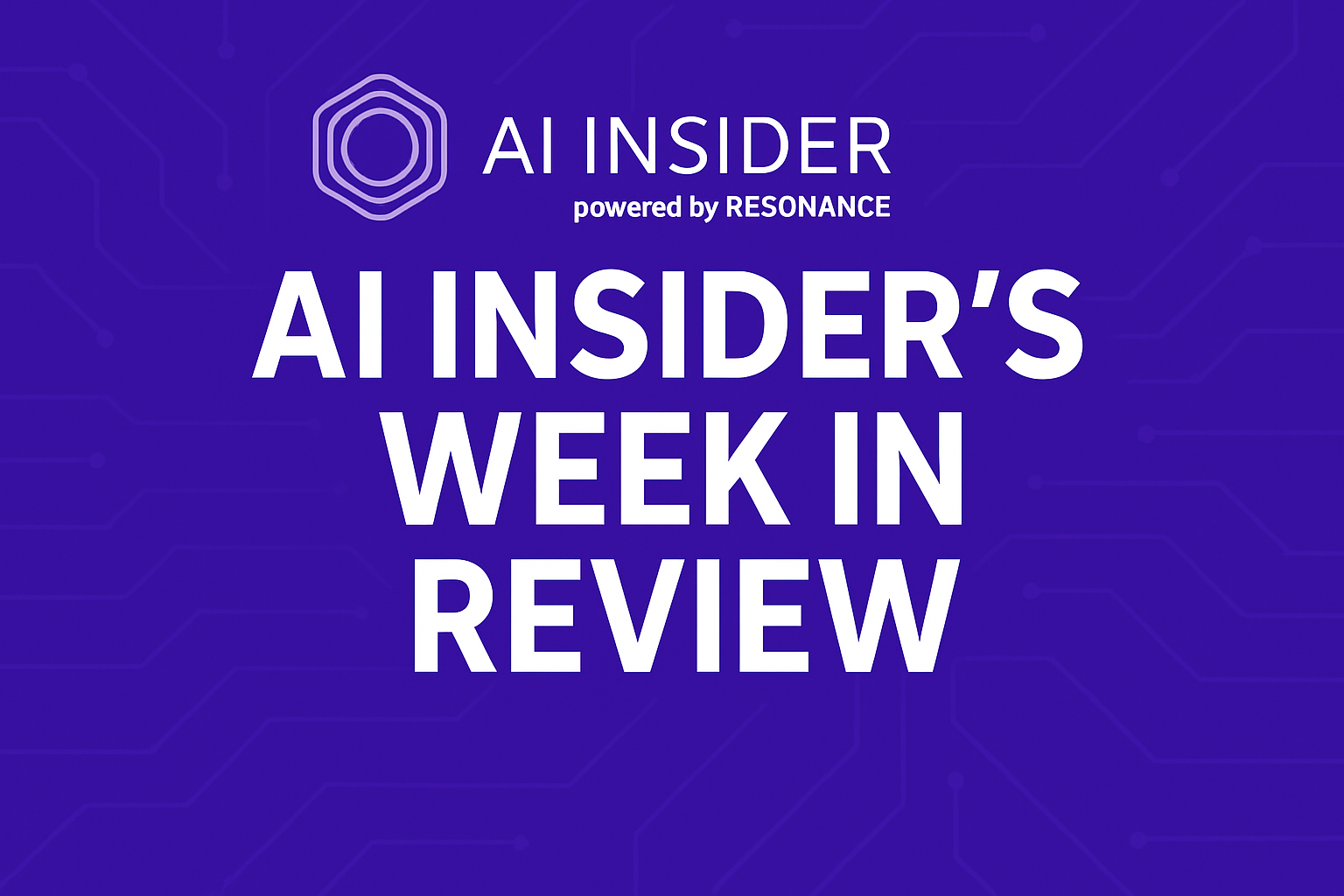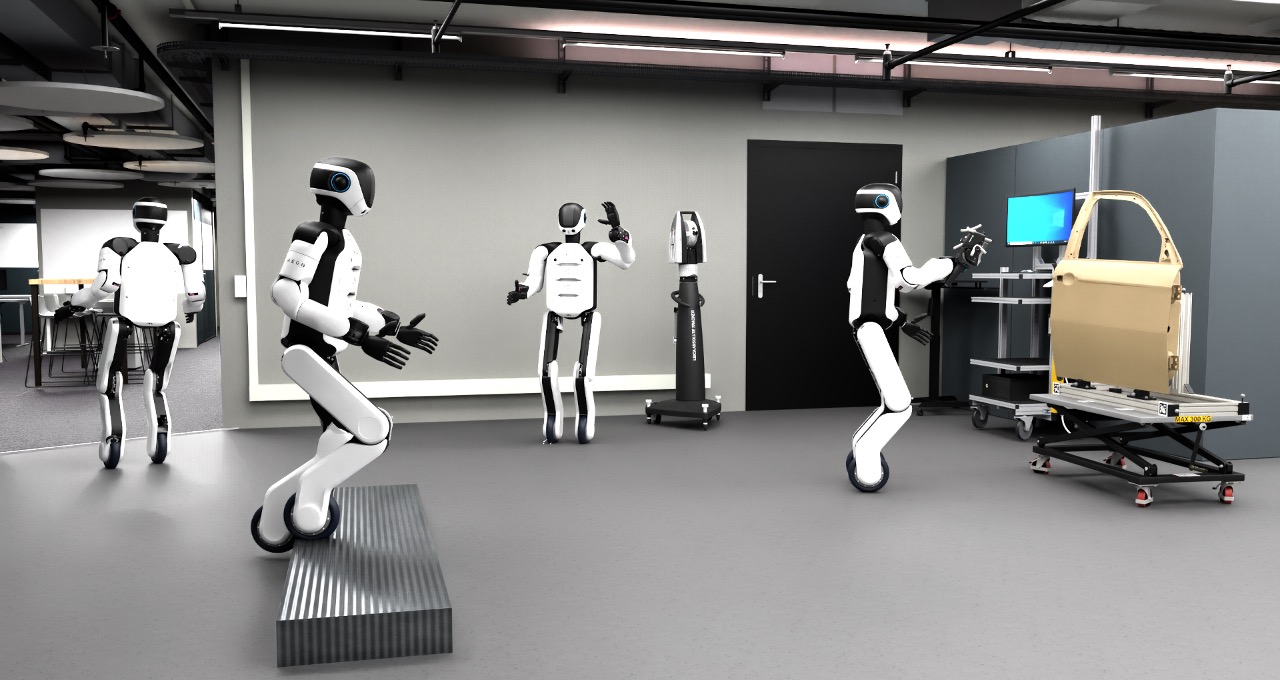Insider Profile Brief
- Ångström AI is a University of Cambridge spin-out led by a team with 30 years of combined experience in AI and molecular modeling.
- The team has developed a generative AI approach to create fast, experimentally accurate molecular simulations.
- This approach could be a potentially transformative step in the way drugs are developed.
The first waves of artificial intelligence (AI) are lapping along the shores of the life sciences, steadily shaping and re-shaping the landscape of pharmaceutical and biotech industries. Ångström AI is riding those waves, taking a revolutionary approach to drug discovery and development.
This University of Cambridge spin-out leverages the power of generative AI to create fast, experimentally accurate molecular simulations, potentially transforming the way drugs are developed.
The driving force behind Ångström AI is a team of exceptional scientists from the University of Cambridge, boasting over 30 years of combined experience in AI and molecular modeling, according to the team’s Y Combinator launch information.

The Team
Javier Antoran, one of the co-founders, scaled probabilistic AI methods 1000x during his doctoral program. He turned down a prestigious research scientist position at Google to work on Ångström AI.
Laurence Midgley, another co-founder, developed FAB, a cutting-edge method for training AIs from physical equations without training data, during his PhD. Before joining Ångström AI, he was a researcher at InstaDeep, which was later acquired by BioNTech in 2023.
José Miguel Hernández-Lobato, the doctoral supervisor of both Xavier and Laurence, is a renowned figure in AI for drug discovery and generative modeling. His foundational research has significantly influenced the field, providing a solid groundwork for Ångström AI’s innovative solutions.
Gabor Csanyi, also a co-founder, created MACE, the first quantum-mechanically accurate machine learning model of atomic interactions. Together with José Miguel, his work has been cited over 40,000 times, underscoring their profound impact on the scientific community.
Team Research Score
The team boasts an impressive research score — both cumulative and breaking down the average scores.
Total Scores:
- Citations: 41,150
- h-index: 142
- i10-index: 280
Average Scores:
- Citations: 10,287.5
- h-index: 35.5
- i10-index: 70
Tackling the Drug Discovery Bottleneck
Pharmaceutical companies face a significant challenge in understanding how drug molecules interact with other molecules in the human body, the team suggests. Understanding those molecular interact is crucial because researchers can use the data to predict how well a drug will work (efficacy) and identify any potential harmful effects (safety), ensuring the drug is both effective and safe for human use.
Traditional methods to assess molecular interactions include wet lab experiments, machine learning prediction methods, and molecular dynamics simulations. Each approach, however, suffers drawbacks.
- Wet Lab Experiments: Although accurate, these experiments are slow, labor-intensive and expensive, making the drug discovery process lengthy and costly.
- Machine Learning Predictions: Methods like AlphaFold are fast but often inaccurate, as they rely heavily on the quality and quantity of training data, which must be generated through wet lab experiments.
- Molecular Dynamics Simulations: These provide a balance between accuracy and speed but are computationally expensive, especially with more accurate models, leading to significant resource consumption and longer simulation times.
Ångström AI’s solution lies in combining quantum mechanically accurate models of physics with generative AI, providing a method that is both fast and accurate.
The MACE Model: Bridging Physics and AI
At the heart of Ångström AI’s innovation is the MACE (multi-atomic cluster expansion) physics model, developed by Gabor Csanyi. MACE accurately reproduces quantum-mechanical interactions, a critical requirement for precise molecular simulations. Ångström AI recently demonstrated that MACE simulations could achieve an unprecedented level of accuracy, comparable to lab experiments when estimating hydration-free energies—an essential factor in drug bioavailability.
Despite its accuracy, MACE is computationally expensive. But Ångström AI has found a way to make them computationally inexpensive — diffusion models. These models are machine learning techniques that simulate the gradual transformation of data from a simple distribution to a complex one, enabling efficient and accurate predictions in computationally intensive tasks.
According to the team: “We use diffusion models to accelerate MACE simulations, making them computationally affordable. Our models generate states consistent with physics, but the transitions between states are non-physical and significantly faster.”
These models generate states consistent with physics, but the transitions between states are non-physical and significantly faster. This method allows Ångström AI to perform complex simulations that were previously unachievable.
Real-World Applications: Speeding Up Simulations
“Our AI introduces about 10,000 times more information per step compared to traditional simulations.”
Ångström AI’s technology is not just theoretical; it has demonstrated practical applications that could one day revolutionize drug development processes.
One example discussed in the launch piece is the simulation of supercool water, liquid water below freezing at -40°C. Traditional methods struggle with these simulations due to the slow movement of cold molecules. Ångström AI’s AI introduces approximately 10,000 times more information per simulation step compared to traditional methods, significantly speeding up the process.
Another example involves hydrating methane molecules to calculate their solubility and bioavailability as drugs. Ångström AI’s AI simulation prioritizes the movement of the methane molecule and its surrounding water, providing faster and more accurate results than conventional simulations.
The Future of Drug Discovery
The Ångström AI team writes that their work represents the first ever generative AI-accelerated, physically accurate molecular dynamics simulations incorporating the interaction of many molecules. This technology promises to dramatically speed up drug discovery and development, reducing costs and increasing the accuracy of drug efficacy and safety predictions.
They write that they are looking for potential collaborators: “You are in pharma or biotech and interested in learning about the theory of diffusion models and quantum-mechanically accurate models of atomic interactions. We would be happy to give a talk on our research or have a more informal chat over Zoom. You have friends who work in pharma or biotech and are interested in computational methods. We would love to meet them!”
For more information or to connect with the Ångström AI team, you can reach out to [email protected].
You can read about the company in-depth and view videos of that technology in action at their Y Combinator page.






